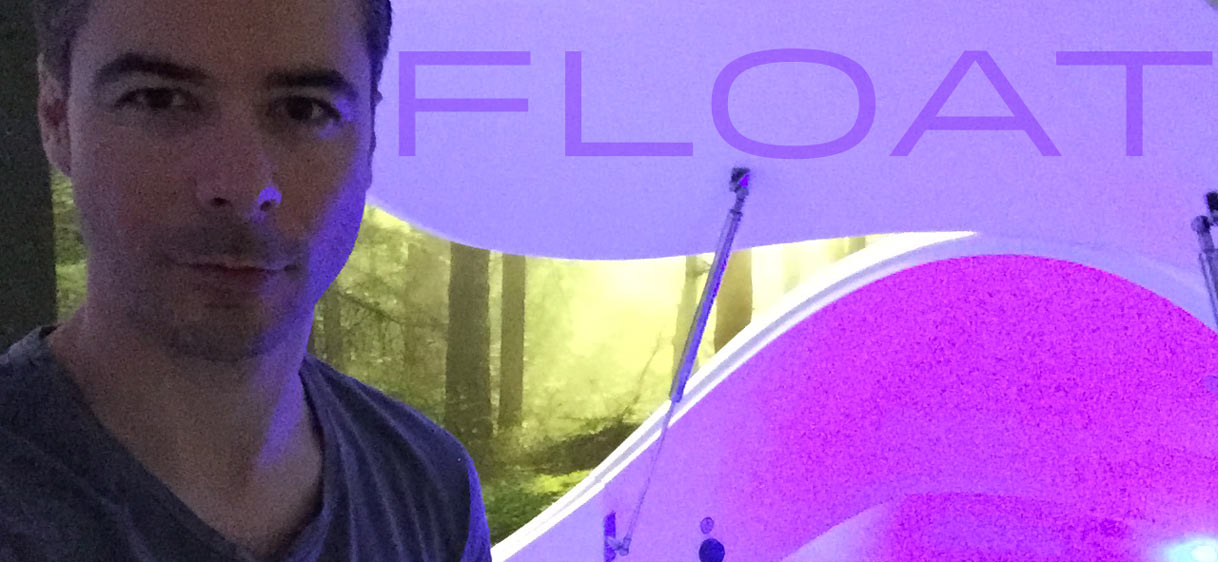No sound. No image. No bodily sensation. I had to check if I was still “here.”
I was floating in silent darkness in an i-sopod at Float Culture in Auckland. Immersed in “brine,” 500 kg of the highest quality German epsom salts transformed the water in my pod into an incredibly buoyant solution and made me seemingly weightless.
I mustered the willpower and sent the command to my finger to move. A tiny motion and my entire body responded with the ripples of feeling from the finger. My body did exist!
No sound. No image. No bodily sensation. I had to check if I was still “here.”
Of course it did. But that I felt I needed to check tells you something about the initial experience. The world and its distractions fade away, and eventually so does the body.
The first time is an uncanny feeling, unlike anything I’ve felt before. I’ve heard it likened to being in the womb again, but that idea strikes me as being very cramped and very loud. This was anything but.
The sensory deprivation is a very welcome environment once you adjust to the initial strangeness of surrendering your body to the water.
Without external distractions, even people who find it difficult to meditate can find bliss in the pod.
I was a competitive swimmer for many years, so am no stranger to the meditative joys of being in the water (especially under the water), but this is something else entirely.
While floating in the solution I found it very easy to let go of external troubles, worries and stressors, and go within. And I’m quite sure that with a few more sessions, the process of surrender will be even quicker.
One large benefit of floating sessions is that for people who struggle to meditate, this removes all external distractions. No visual, auditory, even tactile distractions. Once you get past the novelty of floating in an isolation bath, it leaves you with just the thoughts and patterns of your own mind. A big shortcut.
Another great physical aspect is that the magnesium in the solution is absorbed through the skin, so the muscular relaxation is extremely pleasant.
But the greatest benefit I found was after the float had ended. For the rest of the day I felt like I was floating a foot off the ground. Colors seemed more vivid, and the sounds around me more defined. The sensation all around my body was of deep relaxation and calm.
I had to return to work afterward, and found that my mind was particularly clear, tasks were easily executed, and decisions made quickly. Very happy with that result!
Float Culture
After experimenting with floating in at the Floatation Sanctuary in New Plymouth, founders Anton Kuznetsov and Vasily Zagyada knew they had to bring the experience to Auckland. Float Culture is located in the central city and was founded mid-2014. I highly recommend booking a series of at least three sessions and feeling this for yourself.
Something else worth pointing out: The premises of Float Culture is like a luxury spa. The atmosphere is chilled out, the staff are friendly and helpful, everything is clean and hygienic, and privacy is assured. For such an unusual thing to do, they make you feel safe!
Note: I was lucky enough to receive a complimentary float session at Float Culture in January 2015. This post is an honest reflection of my experience there. I don’t receive any compensation if you choose to go along. As for me, I’ll definitely be returning (and paying) for more.
